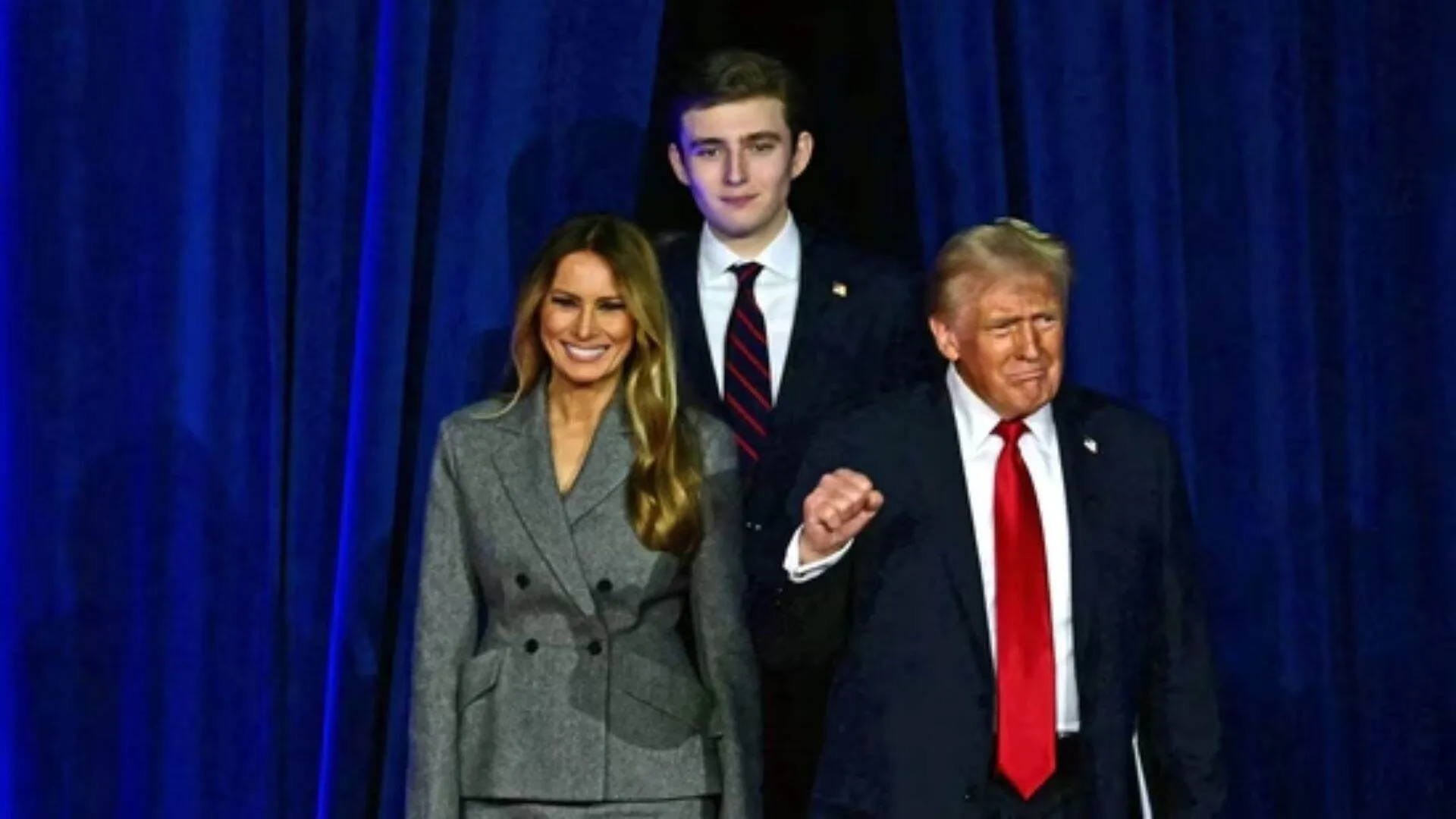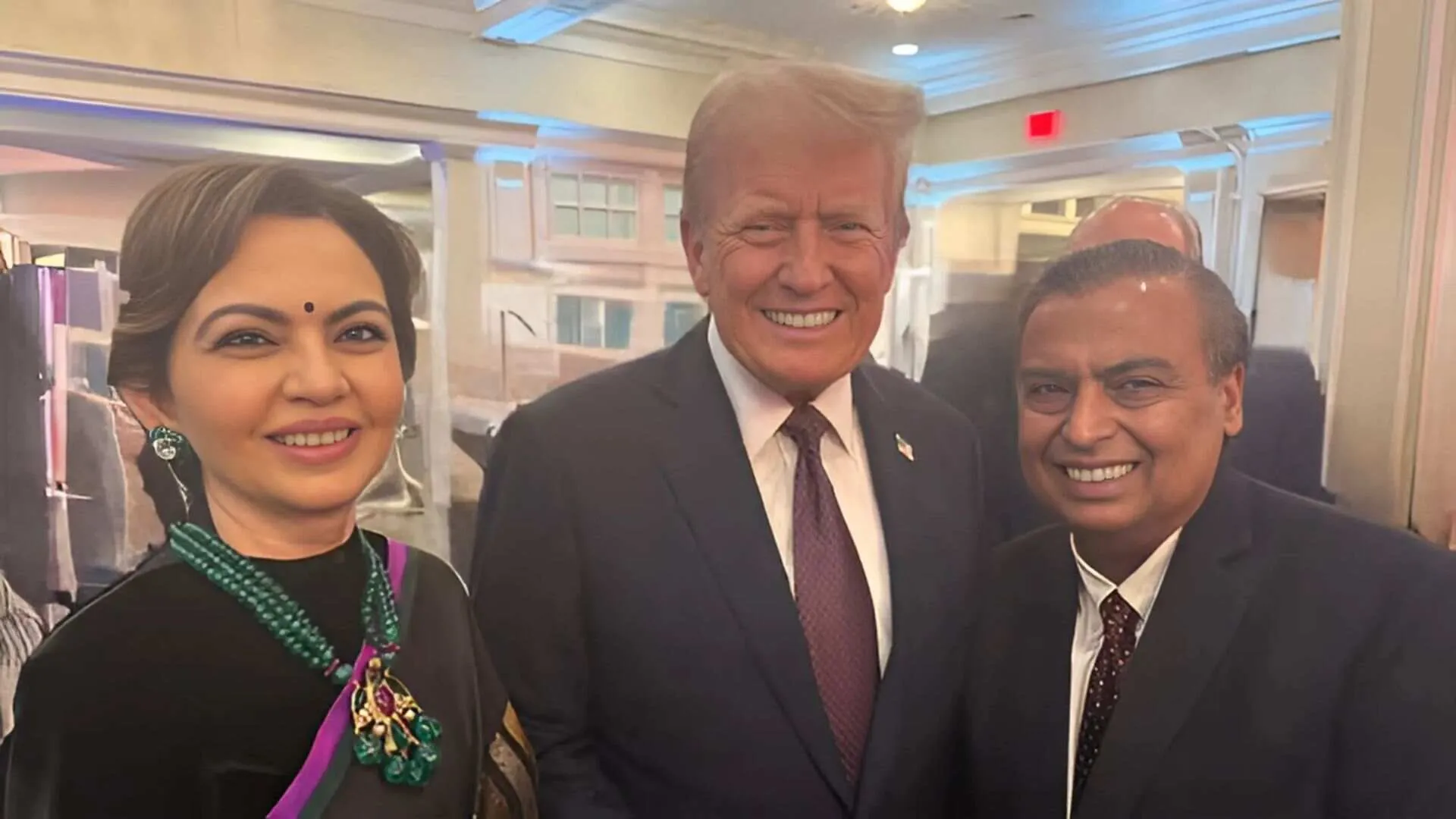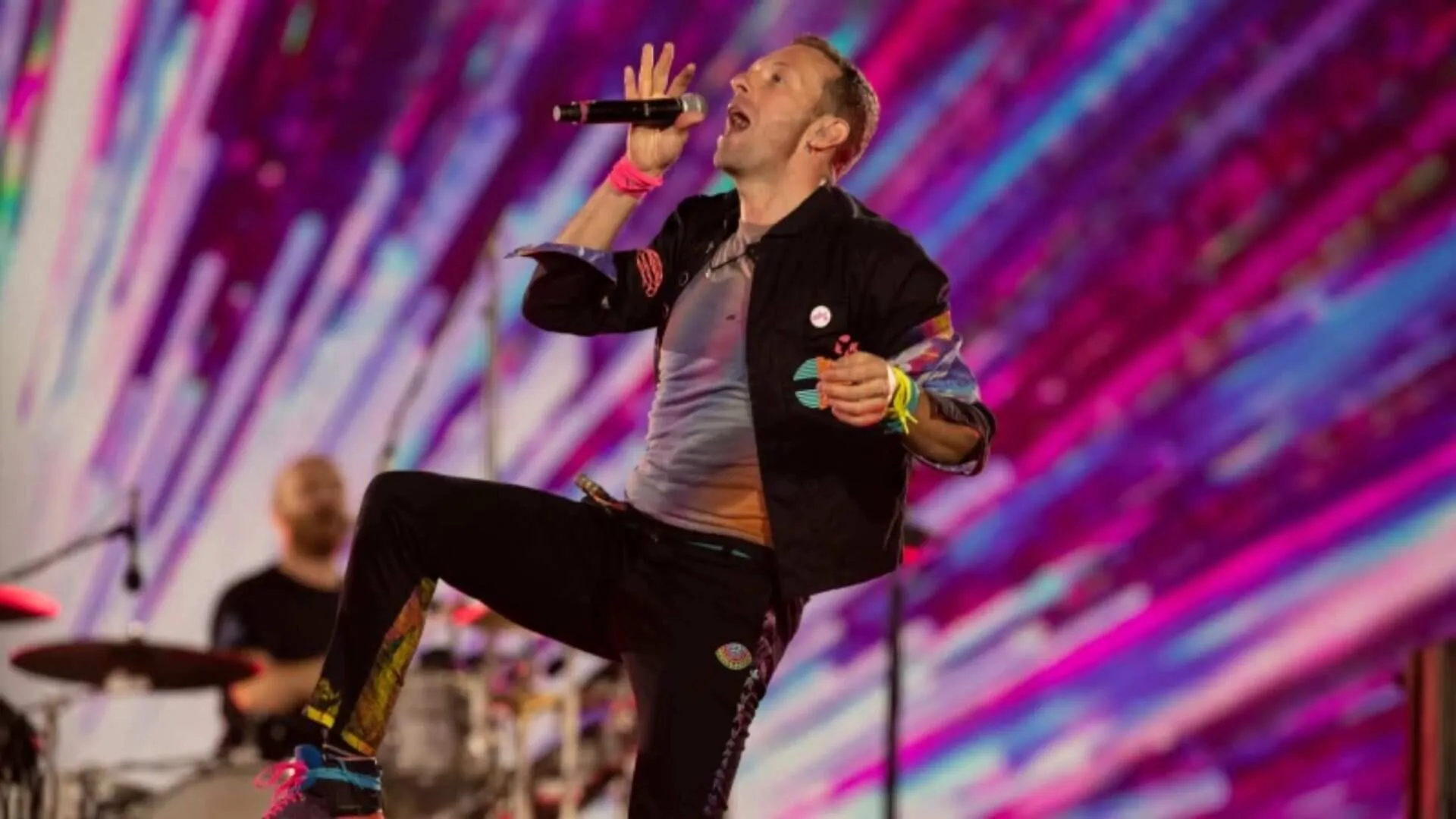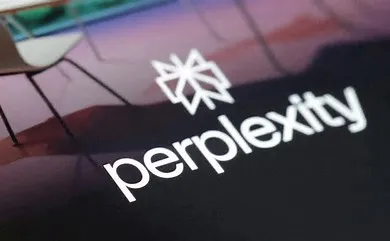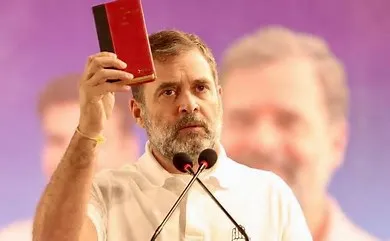At just 25 years old, Malik Aasooda embarked on a journey that would push the boundaries of space exploration. Refraining from caffeine and sugar for over two weeks, Aasooda prepared meticulously for her role as an astronaut in a groundbreaking Analog Mission.
Hailing from Kashmir, Aasooda’s passion for physics was ignited at a young age, nurtured by the supportive atmosphere at home and school. From representing her primary educational institution in science debates to winning accolades at the Indian National Science Congress, she knew that science would take her places.
After completing her Master’s degree in Physics from the Wroclaw University of Science and Technology, Poland, Aasooda pursued a Ph.D. in the same field, setting the stage for her remarkable journey.
Securing sponsorship from her university, Aasooda embarked on a mission at LUNARES’ Mobile Research Station, delving into experiments aimed at advancing space exploration. Her research focused on the feasibility of 3D printing in space, presenting prototypes for a tablet holder for space suits and exploring the use of Virtual Reality (VR) technology.
Additionally, Aasooda initiated a project to develop an anti-radiation mask, potentially mitigating radiation exposure for astronauts. Her work extended to microgravity studies and psychological aspects of space travel, gathering empirical data to optimize scheduling and task allocation for astronauts.
Aasooda’s groundbreaking research has garnered international recognition, earning her an invitation to the ‘Science Meets Social Science’ conference in Tokyo, Japan. There, she will present her findings, highlighting the importance of interdisciplinary collaboration in space exploration.
As Aasooda continues to push the boundaries of scientific exploration, her contributions pave the way for future advancements in space technology, inspiring the next generation of scientists to reach for the stars.







